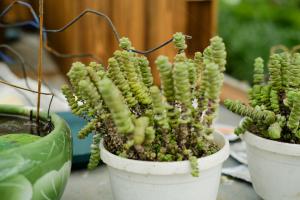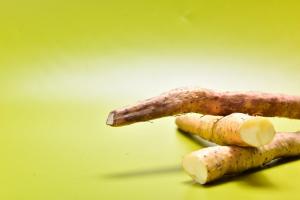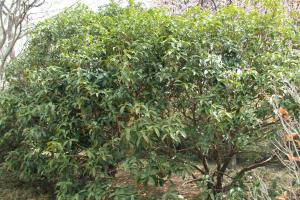Introduction
When it comes to home gardening, one of the most popular choices is to plant fruit trees. Among them, the banana tree is a beloved favorite due to its lush foliage, exotic appearance, and delicious fruit. But is it really a good idea to plant a banana tree at home? In this article, we will explore the advantages and disadvantages of having a banana tree in your garden.
Advantages of planting a banana tree at home
First, let's look at the benefits of having a banana tree in your garden. One major advantage is the beauty that it brings to your landscape. Banana trees have large, tropical leaves that create a lush, jungle-like atmosphere. Additionally, banana trees are easy to grow, requiring minimal maintenance and little to no pesticides or fertilizers.
But the real prize of planting a banana tree is the fruit. Bananas are delicious, nutritious and packed with essential vitamins and minerals. Having a banana tree in your garden means you can save money by not having to buy bananas from the store. You'll also have the satisfaction of knowing that the fruit is fresh and organic, grown right in your own backyard.
Disadvantages of planting a banana tree at home
However, there are a few disadvantages to planting a banana tree at home. First is the size of the tree. Banana trees can grow up to 30 feet tall, so they require a lot of space in your garden. If you have a small backyard, a banana tree might not be the best fit for your plot.
Another problem with banana trees is their susceptibility to disease. One common disease that affects banana trees is Panama disease, which has destroyed entire plantations in the past. Although there are ways to prevent and treat Panama disease, it is something that you need to be aware of if you plan on planting a banana tree.
Tips for growing banana trees at home
Despite the drawbacks, there are ways to successfully grow a banana tree at home. Here are a few tips to help you out:
Choose a sunny spot with well-draining soil for your banana tree.
Water your banana tree regularly, especially during hot and dry weather.
Feed your tree with a balanced fertilizer that contains potassium and phosphorus.
Protect your tree from wind as the leaves are easily damaged.
Check your banana tree regularly for signs of disease, such as yellowing leaves or stunted growth.
Conclusion
In conclusion, planting a banana tree at home can be a rewarding experience for any gardener. The beauty of the tree, the delicious fruit, and the money saved are all compelling reasons to add a banana tree to your landscape. However, the size and disease susceptibility of the tree are important factors to consider before committing to planting one. By following the tips mentioned above, you can enjoy a successful banana tree harvest at home.

 how many times do yo...
how many times do yo... how many planted tre...
how many planted tre... how many pine trees ...
how many pine trees ... how many pecan trees...
how many pecan trees... how many plants comp...
how many plants comp... how many plants can ...
how many plants can ... how many plants and ...
how many plants and ... how many pepper plan...
how many pepper plan...






























